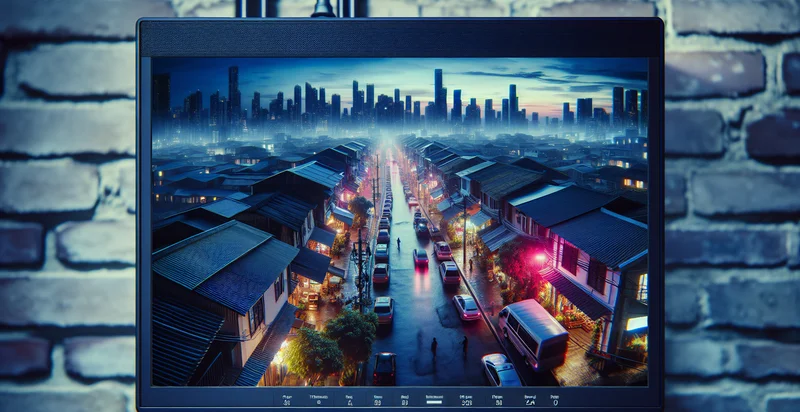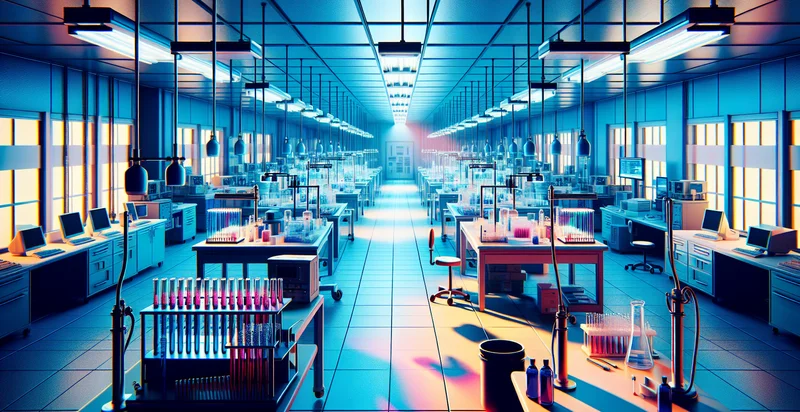Identify filtering system conditions
using AI
Below is a free classifier to identify filtering system conditions. Just upload your image, and our AI will predict the optimal conditions for each system type - in just seconds.

Contact us for API access
Or, use Nyckel to build highly-accurate custom classifiers in just minutes. No PhD required.
Get started
import nyckel
credentials = nyckel.Credentials("YOUR_CLIENT_ID", "YOUR_CLIENT_SECRET")
nyckel.invoke("filtering-system-conditions", "your_image_url", credentials)
fetch('https://www.nyckel.com/v1/functions/filtering-system-conditions/invoke', {
method: 'POST',
headers: {
'Authorization': 'Bearer ' + 'YOUR_BEARER_TOKEN',
'Content-Type': 'application/json',
},
body: JSON.stringify(
{"data": "your_image_url"}
)
})
.then(response => response.json())
.then(data => console.log(data));
curl -X POST \
-H "Content-Type: application/json" \
-H "Authorization: Bearer YOUR_BEARER_TOKEN" \
-d '{"data": "your_image_url"}' \
https://www.nyckel.com/v1/functions/filtering-system-conditions/invoke
How this classifier works
To start, upload your image. Our AI tool will then predict the optimal conditions for each system type.
This pretrained image model uses a Nyckel-created dataset and has 10 labels, including Acceptable Condition, Excellent Condition, Fair Condition, Good Condition, Optimal Condition, Poor Condition, Satisfactory Condition, Substandard Condition, Very Good Condition and Very Poor Condition.
We'll also show a confidence score (the higher the number, the more confident the AI model is around the optimal conditions for each system type).
Whether you're just curious or building filtering system conditions detection into your application, we hope our classifier proves helpful.
Related Classifiers
Need to identify filtering system conditions at scale?
Get API or Zapier access to this classifier for free. It's perfect for:
- Quality Control in Manufacturing: This system can be employed to classify and filter images of products during the manufacturing process. It ensures that only those meeting quality standards are approved, reducing defective products and enhancing customer satisfaction.
- Healthcare Diagnostics: In medical imaging, this function can aid radiologists by filtering out irrelevant images, allowing for quicker identification of anomalies. It can improve diagnostic accuracy and efficiency in hospitals and clinics.
- Security Surveillance: The classification function can analyze surveillance footage to filter out false alarms, such as insignificant motion triggers. This prioritizes security alerts for operators, ensuring they can focus on genuine threats.
- Environmental Monitoring: The system can be used to classify images captured by drones or cameras in environmental studies. By identifying and filtering out false positives, it can help researchers collect more accurate data on wildlife and habitat conditions.
- Retail Inventory Management: Retailers can deploy this classification function to assess images of stock levels on shelves. By filtering out inaccurate stock counts, they can maintain optimal inventory levels and reduce waste.
- Autonomous Vehicles: The filtering system can classify images from vehicle sensors to distinguish between road signs, pedestrians, and obstacles. This enhances the vehicle's decision-making capabilities and improves safety on the roads.
- Social Media Content Moderation: This function can be used by social media platforms to analyze images uploaded by users and filter out inappropriate content. By identifying false images that don’t comply with community guidelines, it helps maintain a safe online environment.


